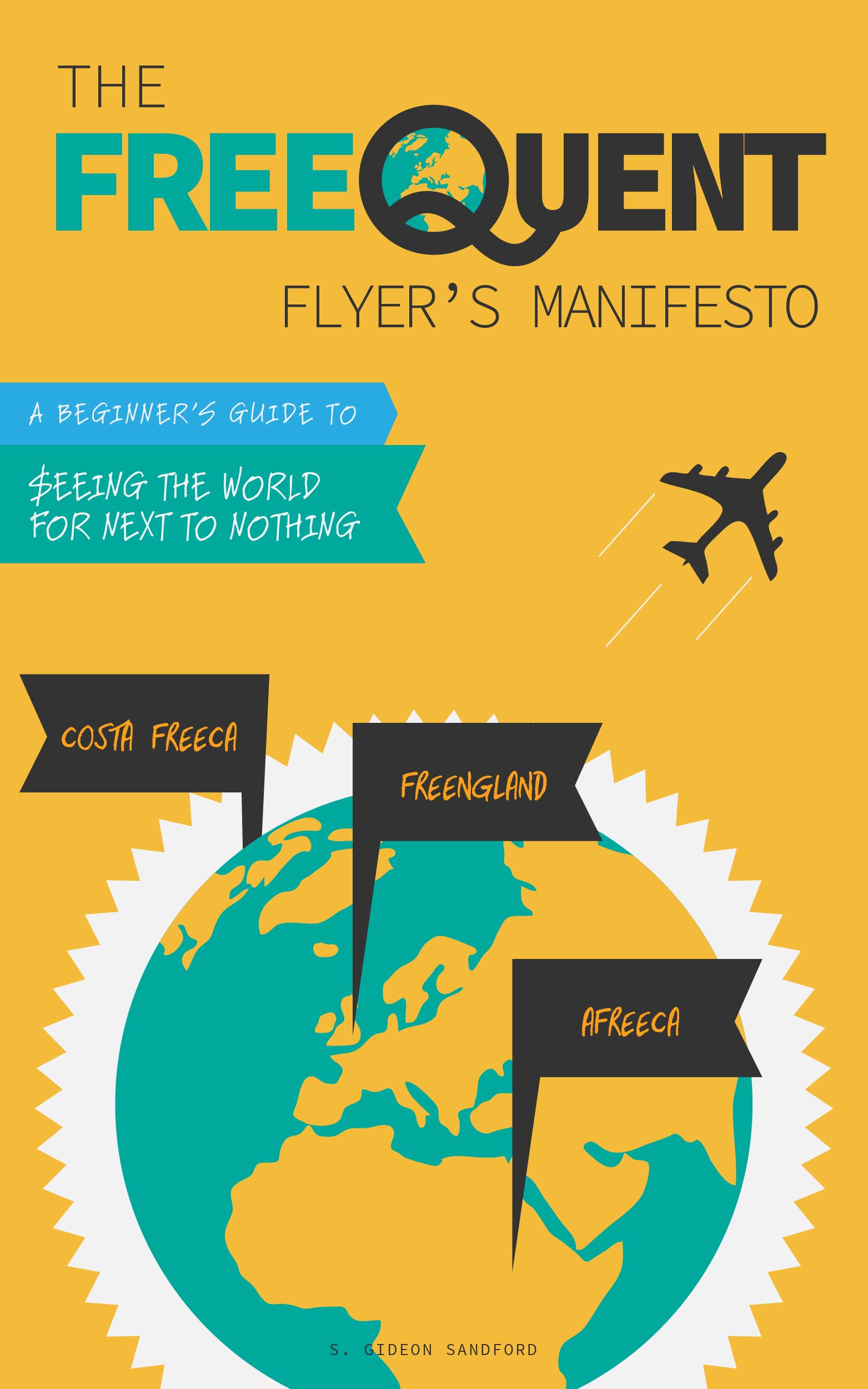Waiveable annual fees
/Preface
I'm not going to write about any changes to the Target Prepaid REDcard until tomorrow. For all the wailing, lamentations, and gnashing of teeth you could possibly want, go read boardingarea.com or something. We'll all know everything there is to know, soon enough.
Waiveable annual fees
As I've written before, signup bonuses play a trivially small role in my miles and points strategy. Instead, I focus on cards that offer either valuable ongoing benefits, like the US Bank Club Carlson Business Rewards credit card (at least until the last-night-free benefit is discontinued at the end of this month), or sufficiently high returns on my manufactured spend, like the Barclaycard Arrival+ MasterCard, which earns a functional 2.22% cash back on all purchases.
Unfortunately, those cards and several others I carry come with annual fees and the requisite (after a quick call to see whether threatening to cancel will earn you a worthwhile retention bonus) annual soul-searching about whether those annual fees are worth paying.
Two cards I carry waive that annual fee for high spenders, but in two very different, very roundabout ways.
US Bank Flexperks Travel Rewards high-spend bonus
After spending $24,000 in a cardmember year on the US Bank Flexperks Travel Rewards Visa, you earn a bonus in your anniversary month of 3,500 Flexpoints.
Additionally, roughly two months before your anniversary month, the Flexperks Rewards site enables the option to redeem 3,500 Flexpoints against your annual fee of $49.
Now, that's a pretty screwy system. First of all, 3,500 Flexpoints are worth up to $70 in paid airfare, so at first glance it seems like a rotten deal to redeem them for a statement credit of just $49. But second of all, if they wanted to waive the annual fee for cardholders spending $24,000 on the card, you'd think they could just waive the damn annual fee (interestingly, that's precisely how the FlexPerks Business Edge Travel Rewards card works)!
Squaring that circle is easy once you remember my maxim that the least valuable point is always the one you don't redeem, as well as its corollary, that the most valuable point to your bank is the one you don't redeem. Seen in this light, their high-spend bonus scheme is a win-win from US Bank's perspective:
- If you hoard your Flexpoints and refuse to redeem them for a paltry $49 annual fee, you have to pay that annual fee, which goes directly to US Bank's bottom line;
- If you redeem 3,500 Flexpoints against the annual fee, you'll be further away from your next award ticket, increasing the amount of time you sit on worthless, unredeemed Flexpoints, and decreasing the chances they'll ever be redeemed.
In my opinion, the least bad option, unless you actually need the bonus Flexpoints for an upcoming, high-value flight redemption, is to redeem them against your annual fee and forget about them. That turns this up-to-4%-earning product into the most valuable, year-round, no-annual-fee credit card out there.
Barlcaycard Arrival+ World MasterCard's redeemable annual fee
Never having paid an annual fee on my Arrival card, until Frequent Miler wrote about his experience downgrading his card I hadn't realized that the card's $89 annual fee counted as a redeemable "travel" expense.
I often say that the $89 annual fee of the Arrival+ is only worth paying if you manufacture more than about $44,500 on the card each year. That's the amount where the 10% rebate on travel redemptions will generate $89 in Arrival+ miles.
But if the $89 annual fee is a redeemable travel expense, that calculation doesn't hold precisely true, since you can redeem 8,900 Arrival+ miles against the fee and earn an 890 mile rebate, worth at least $8.90 in future redemptions.
Remember, our goal is to find the amount of manufactured spend which justifies keeping the Arrival+ MasterCard, and with that $8.90 rebate against the annual fee, you need spend a maximum of just $40,050 on the card to offset the now-miraculously-lower $80.10 annual fee.
Unconvinced? Here's a quick proof: spend $40,050 and earn 80,100 Arrival+ miles. Redeem 8,900 miles against the annual fee and earn an 890-mile rebate. Redeem 72,090 miles and receive a 7,209-mile rebate. Redeem 7,209 miles and receive a 720-mile rebate. You've now received $88.19 in rebates from $40,050 in spend and just 3 redemptions (one of which – the annual fee – didn't even require an eligible travel purchase).
Obviously, the proof above also illustrates that the more redemptions you make, the closer you'll come to achieving the theoretical maximum return on manufactured Arrival+ spend of 2.22%, which is one reason to privilege small redeemable transactions over larger ones.
Conclusion
Credit card companies earn money from cardholders in 4 main ways: interchange fees on purchases, annual fees, cash advance and interest charges, and selling customers' personal information to their marketing partners.
If a bank has a target for the profitability of each cardholder, it seems only right to me that high-spending customers (earning the bank higher interchange fees) should receive a break on annual fees.
But few credit card products have explicitly adopted that philosophy yet, hoping instead to earn both swipe fees and annual fees from the same customers.


